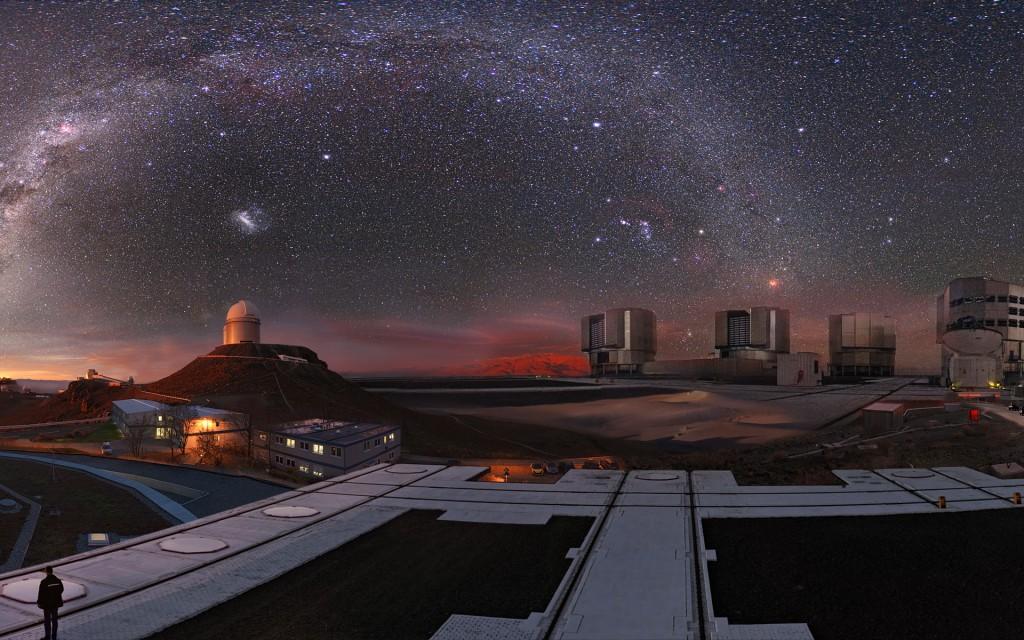Recently it seems as if space agencies around the world are jumping all over the latest 3D printing technologies. We have seen and heard about Nasa’s recent 3D wood printing technology, as well as their printing of special components for future launches. The European Space Agency (ESA) has also been working on a form of contour crafting to possibly build bases on the moon one day.
Today we got word that the European Southen Observatory (ESO) is using 3D printing techniques to create molds for specialized telescope parts. The ESO actually consists of three observing sites in Chile, located in Paranal, Chajnantor, and Silla. The Observatory is supported by Austria, Belgium, Brazil, the Czech Republic, Denmark, Finland, France, Germany, Italy, the Netherlands, Portugal, Spain, Sweden, Switzerland and the United Kingdom, with $131 million Euros annually.
There are two specific parts which they are now using 3D printers to help create. The first part is a structural piece of a new sensor arm. The arm is responsible for holding 3 mirrors which are utilized to direct light into a special sensor which controls the system’s optics. This helps to guide the telescope at the observatory during important observations.
The second part is a spacer for the telescope’s VLT test camera. Although neither this piece, or the one used on the sensor arm were directly 3D printed, a mold of both were printed out via a laser sintering printer, and then an investment casting process helped to create the actual pieces used within the telescope. The ESO turned to 3D printing because it allowed them to model the parts on a computer, and quickly print out the molds. They can then pour aluminum into the molds to create the final piece, instead of a highly toxic material known as beryllium, which was not able to be modified once installed.
3D printing has allowed the Observatory to create safer, more efficient parts, while also speeding up the design and manufacturing process. According to the Observatory,
“The 3D printing technique offers great promise in the manufacture of complex custom items, which are often needed in astronomical instrumentation, delivering the components more quickly and cheaply, and with greater flexibility.”
Discuss the ESO’s process of 3D printing here: https://3dprintboard.com/showthread.php?1707-ESO-Using-3D-Printer-to-Build-Telescope-Parts
